The Middle Ages are known as a dark time – and Ireland is no exception. While it was the Vikings who ravaged the British and Irish Isles in the early Middle Ages, the Normans followed in the late Middle Ages…
Page Contents (click line to jump the text)
Intro
But where did the Normans come from, what did they want in Ireland and how did it all happen? Today we will shed some light on this dark side of Irish history.
Fascinatingly, the beginning of the Norman invasion is an irony of history: unlike the Vikings before them, the Normans came because they were invited by an Irish king!
However, the king could not have imagined the far-reaching consequences this would have for the whole island – but we’ll come back to that in a moment…
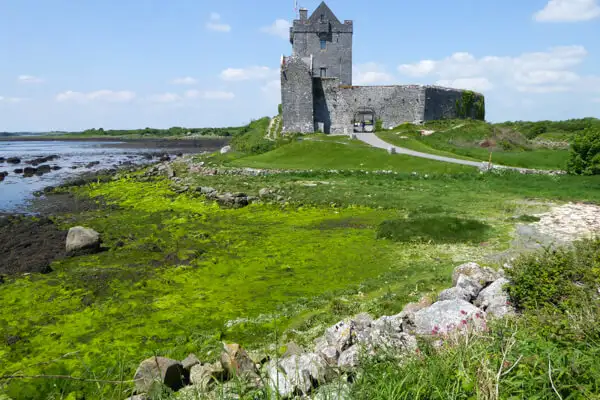
How the Norman Invasion began
The year is 1167: Ireland is a fragmented country, or rather a fragmented island, because it is ruled on a small scale by clan chiefs who are subordinate to regional kings.
Although there is a High King, there is really no central government that rules the whole country. One of these regional kings is Diarmat Mac Murchada or Dermott MacMurragh of Leinster, the King of Leinster, who has just been removed from office by the Irish High King.
Unhappy about this, Dermot seeks help, as he wants to get his kingdom of Leinster back. He travelled to England, to the court of Henry II, and asked for his support.
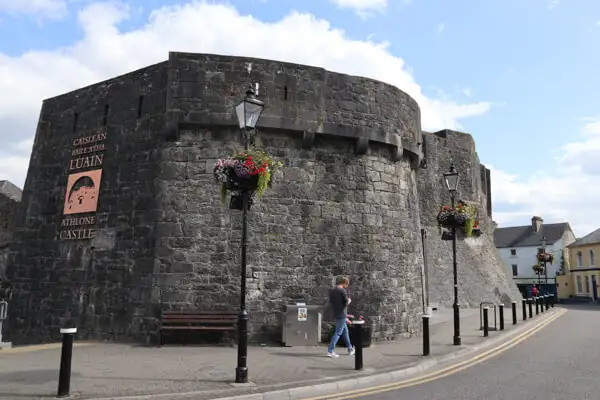
The assistance is not actively granted, but Dermot is at least authorised to recruit mercenaries in Wales and in French Normandy. But what did Henry II, King of England, have to do with Ireland or Normandy?
About Henry II. and his interest in Ireland
Henry II, born in 1133, was not only King of England, but also ruler of a far-reaching empire which, in addition to England, also included large parts of France such as Anjou, Aquitaine and Normandy, as well as control of Wales.
Scotland was formally independent in his time, but was under his strong influence. Henry’s rule was characterised by centralised power and skilful management of his vassals.
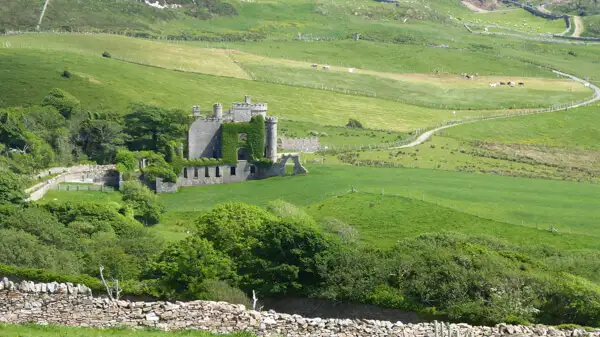
Before the Norman invasion, Henry showed only limited interest in Ireland. It was only Dermot’s request for help that really brought the island into his focus. This was because Henry recognised the opportunities offered by control over Ireland.
His claim was also supported by the so-called Laudabiliter Bull, which Pope Hadrian IV had already granted him in 1155. This papal authorisation allowed Henry to conquer Ireland in order to strengthen the Catholic Church and implement ecclesiastical reforms. Henry used this to legitimise the invasion and expand his sphere of influence.
But King Henry II was not only a clever strategist, he obviously also knew how to keep his money together, because the first recruitment of mercenaries was at Dermot’s expense. He therefore recruited mercenaries in Normandy (and Wales) and paid at least in part with land in Ireland, which he promised to the Normans.
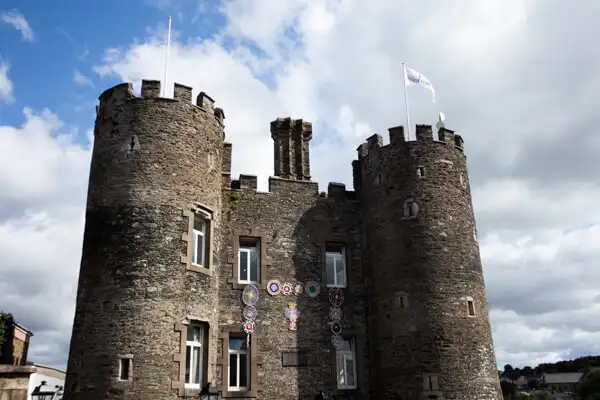
Richard de Clare (Strongbow) and his influence in Ireland
Let’s get back to Dermot’s invasion dilemma: mercenaries were only part of the solution, a good army commander was also needed. Dermot found this in Wales, namely in the nobleman Richard de Clare, alias ‘Strongbow’. He landed in Ireland in 1169 with his mercenary army, conquered Leinster and several other territories in a short space of time and occupied them.
Richard de Clare, known as Strongbow, was a Norman nobleman with possessions in Wales who became an important figure in Irish history as a result of the Irish events. Born around 1130, Strongbow was Earl of Pembroke and came from a powerful family, but lost political influence during the reign of Henry II.
Dermot’s invitation offered him the opportunity to regain land and influence. In Ireland, Strongbow established his power base in conquered territories such as Leinster, Waterford and Dublin.
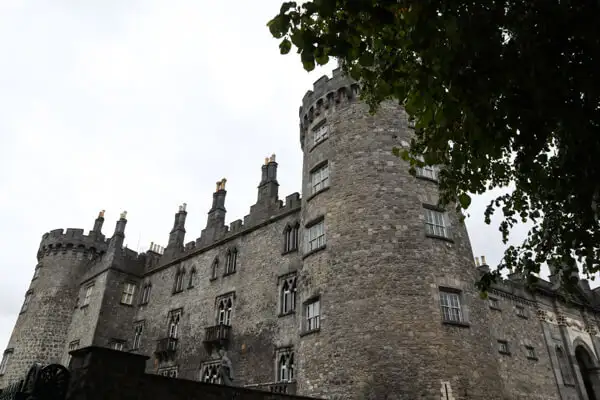
Richard Strongbow married Aoife, daughter of Dermot, and after Dermot’s death in 1171 took control of Leinster, which had been promised to him by Dermot. (See also my article on Strongbow in Kilkenny: https://ireland-insider.com/the-amazing-kilkenny-castle/)
Strongbow lived in Ireland mainly in strategically important areas such as Dublin, which was developed into an administrative and trading metropolis under Norman rule.
He had forts and castles built to secure his rule and promoted the development of Norman administrative methods.
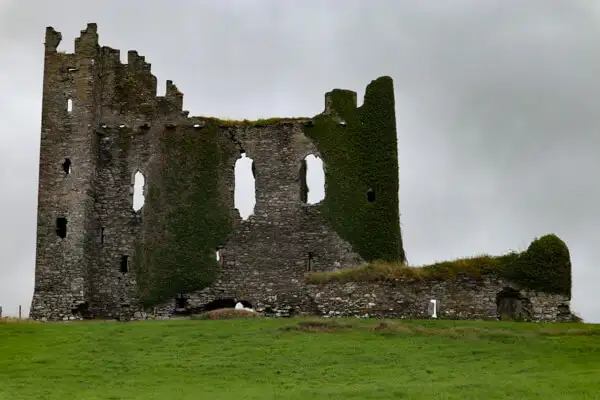
His influence extended far beyond military conquests, as he was also involved in the introduction of feudal structures that permanently changed the political landscape of Ireland. But what did this actually mean?
Norman feudal system versus Irish clan system
The Normans brought a feudal system to Ireland, which differed significantly from the existing Irish clan system. In the feudal system, land was granted by a monarch to vassals, who in turn passed it on to sub-vassals.
This structure created clear centres of power, supported by castles and fortified towns, which provided military and administrative control. Norman rule was organised through personal allegiances and economic levies.
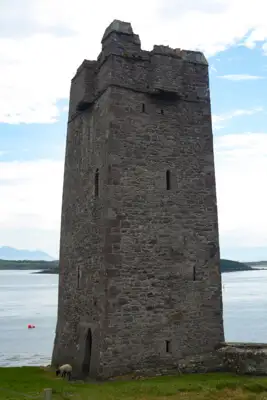
The Irish clan system, on the other hand, was more decentralised and based on collective land use by the clan. Decisions were often made collectively and the clan leader (Rí) was a primus inter pares rather than an absolute ruler. The feudal system was alien to the Irish population and was often perceived as oppression.
Although the Normans came to Ireland as conquerors, over time they strongly adapted to Irish culture. Many Norman lords married into Irish families, adopted the Irish language and followed local customs. This was only pragmatic, as the geographical isolation from England and the limited number of occupiers made it necessary to build relationships with the native population in order to secure rule.
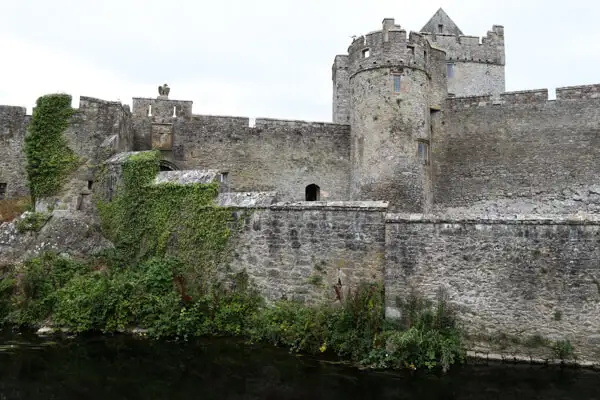
The construction of castles and towns
The Normans consolidated their rule by initially building wooden forts and, in later years, a whole series of stone castles. They also promoted the development of towns. Castles such as those in Dublin and Kilkenny served as military bases and administrative centres.
Towns such as Waterford and Cork were developed into trading centres based on the Norman model. These fortifications helped to effectively administer the conquered territories. They enabled the Normans to establish their ruling structures and secure their power.
The Normans took over the forts and towns of the Irish and the Vikings, which were mostly built of wood, and fortified them with massive stone structures. And so many of today’s historic buildings on the island of Ireland can be traced back to the Normans.
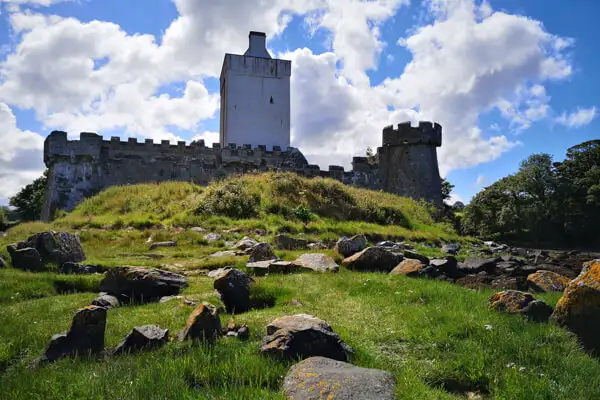
The Irish clans strike back
Despite the cultural fusion, the Normans were opposed by Irish clans. The Norman takeover deprived many clans of their territories and power. For the clans, resistance was not only an act of protection, but also an attempt to restore their traditional order.
Even the integration of the Normans did nothing to change the fact that they were perceived as foreign invaders. However, the clans and kingdoms of the Irish were often at odds with each other and the High King had only limited influence, so that resistance tended to be sporadic, regionally limited and uncoordinated.
Just one year after the first invasion, a coalition of Irish kings marched against the Normans, particularly in Dublin, Waterford and Wexford. However, the Normans were largely able to defend and hold their territories.
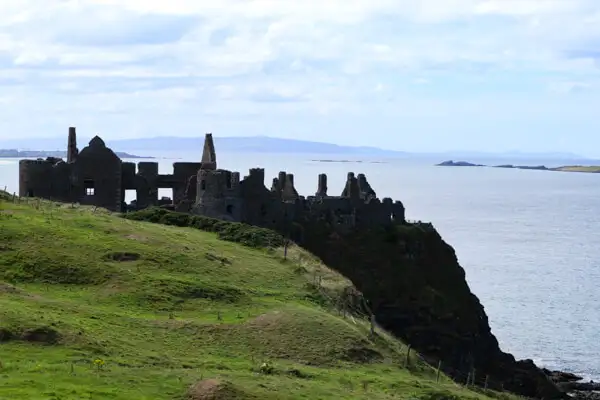
Henry II completely conquers Ireland
King Henry II was concerned by the rebellion of the Irish clans on the one hand, and on the other he saw himself and his interests threatened by the independence of the Normans in Ireland. Born out of necessity, they had achieved a high degree of independence from England. However, this was not necessarily what an English ruler wanted to hear.
And so, in 1171, King Henry II himself landed in Ireland with a large army to regain control over both the ‘Irish’ Normans and the Irish.
Henry subdued both sides within a year and reorganised important affairs of the Irish church in accordance with the Pope’s wishes. In 1172, he left Ireland to return to England – and the quarrels between the Normans and the Gaelic Irish began anew.

In the meantime, Henry reached a peace agreement with the Irish High King, dividing up the island, but the disunited Irish kings and the Normans continued to quarrel until Henry lost patience in 1177, claiming the whole of Ireland for the English crown and instructing the Normans to gradually conquer it completely – which they subsequently did.
Conclusion
What do we learn from history? Don’t ask foreign powers for help if you don’t want to be completely taken over! That was true in the past and it’s basically still true today.
Dermot had brought the Normans, Welsh and English into his country. He only benefited from this for a short time until his death, but laid the foundations for 800 years of English rule over Ireland.
Would Henry II have come to Ireland without Dermot? Perhaps, because he had already obtained the Pope’s blessing before Dermot’s visit. Would he have brought the Normans with him? Who knows?
The story of the Norman invasion began with the irony that the invaders accepted an invitation from Ireland.
But we can add another irony to the story: It was Normans, of all people, who conquered Ireland!
The Normans were a population group made up of (formerly Celtic) Frenchmen and Vikings (Northmen) who had settled in Normandy. Around 300 years after the first Scandinavian Vikings invaded Ireland, Gaelic (Celtic) Ireland was once again invaded – and conquered – by (French) Viking descendants.
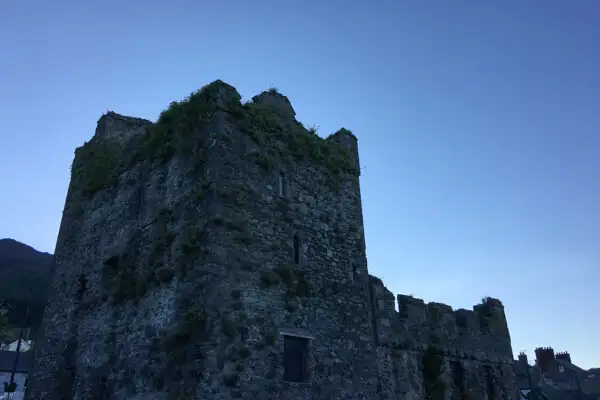
Incidentally, in the course of their 200-year rule over the cities and lands of Dublin, Limerick, Waterford and Wexford, the Vikings had already become very integrated into the Irish population.
They were as disparately organised as the Irish and were not a centrally led great power. By the time the better organised Normans emerged, the (original) Irish Vikings played as small a role in the resistance against the Normans as the Irish clans themselves.
Ultimately, the Normans remained in Ireland. And just like the predominantly Danish Vikings before them, they too became natives of the Emerald Isle, which can still be traced in the gene pool of modern Irish people today.
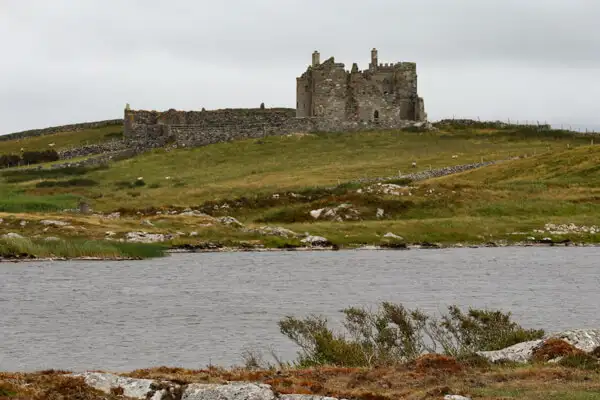
More interesting articles for you
Ireland’s history from the Stone Age to the Modern Age – an overview
THE MEDIEVAL TOWN OF KILKENNY
VIKINGS – A TOUR IN THE FOOTSTEPS OF THE HIT SERIES – AND THE VIKING HERITAGE OF IRELAND
Trim Castle – the biggest Norman castle in Ireland
Picture credits cover picture: Trim Castle, photo: Ulrich Knüppel-Gertberg (https//irland-insider.de, https://ireland-insider.com)